Cats have long been admired for their mysterious and enigmatic nature. Beyond their whimsical charm, these agile creatures possess remarkable sensory abilities that allow them to perceive environmental changes far quicker than humans can. This article delves into the extraordinary ways cats detect shifts in their surroundings, revealing the hidden marvels of their perceptual world.
Acute Sense of Smell

Cats boast an extraordinary sense of smell, which is roughly 14 times stronger than that of humans. This keen olfactory sense allows them to detect subtle changes in their environment, such as the presence of other animals or alterations in household scents. Their nose houses a specialized organ called the vomeronasal organ, enhancing their ability to pick up pheromones and other chemical signals that remain undetectable to us.
Exceptional Hearing

The hearing of a cat is unparalleled, capable of detecting frequencies between 48 Hz and 85 kHz, far beyond the human range of 20 Hz to 20 kHz. This sensitivity enables them to hear the softest of sounds, from the rustling of leaves to the ultrasonic squeaks of rodents, alerting them to changes and potential threats in their environment.
Vibrissae Sensitivity

Cats have specialized tactile hairs called vibrissae or whiskers, which are finely tuned to detect the slightest touch and changes in air currents. These vibrissae provide cats with detailed information about their surroundings, including informing them of spatial changes and the presence of obstacles, even in the dark.
Peripheral Vision

While humans primarily rely on direct line-of-sight vision, cats enjoy a broader field of peripheral vision—about 200 degrees as compared to a human’s 180 degrees. This enhanced visual capacity helps them notice movement and changes that we might miss, such as a flicker of motion or a new object introduced to their environment.
Heightened Light Sensitivity
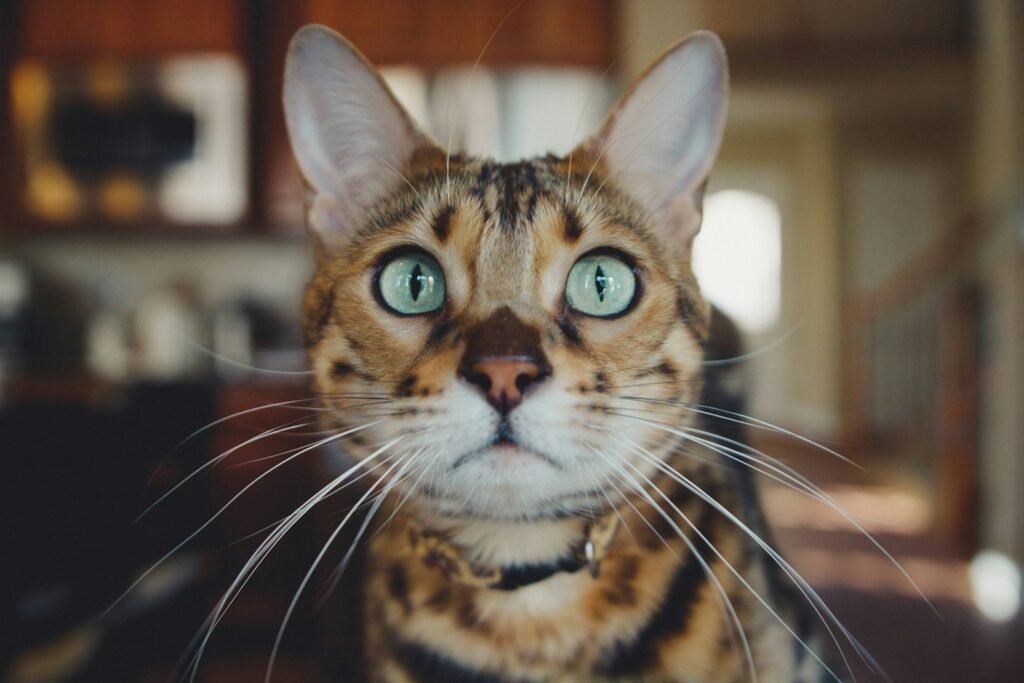
Cats are crepuscular animals, meaning they are most active during dawn and dusk. Their retinas are equipped with a high concentration of rod cells, making them exceptionally sensitive to low light. This allows them to detect changes in light levels and spot movement even in dim conditions.
Inner Ear Balance
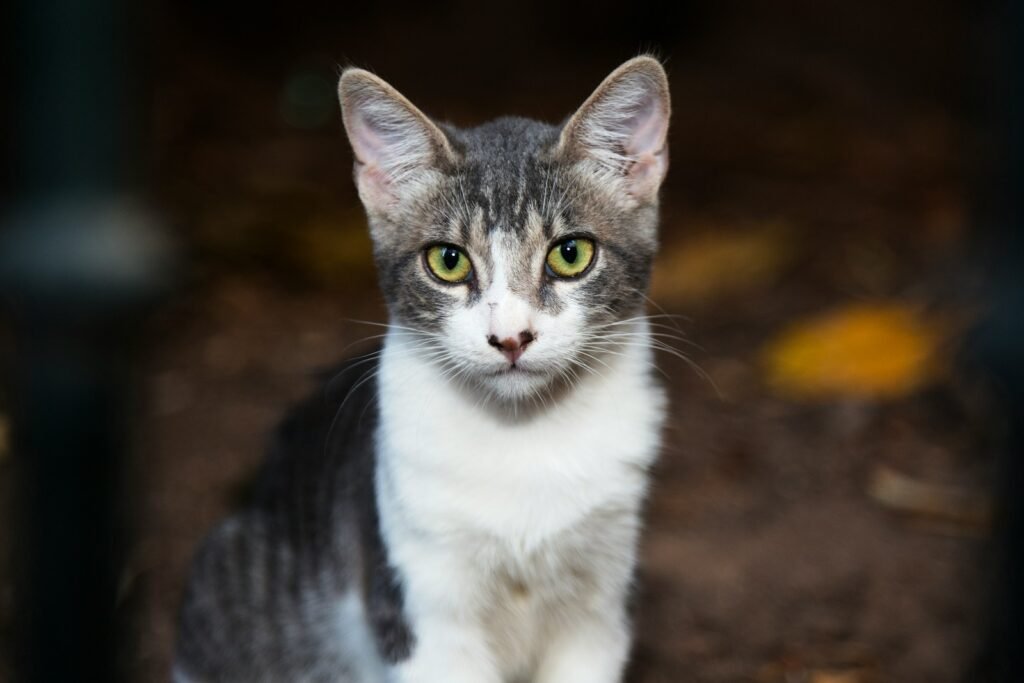
Within a cat’s inner ear lies a complex structure that contributes to their extraordinary sense of balance and spatial orientation. This intricate system not only helps them land on their feet but also pick up on minute shifts in the environment, providing a supernatural level of spatial awareness.
Rapid Response to Atmospheric Pressure Changes
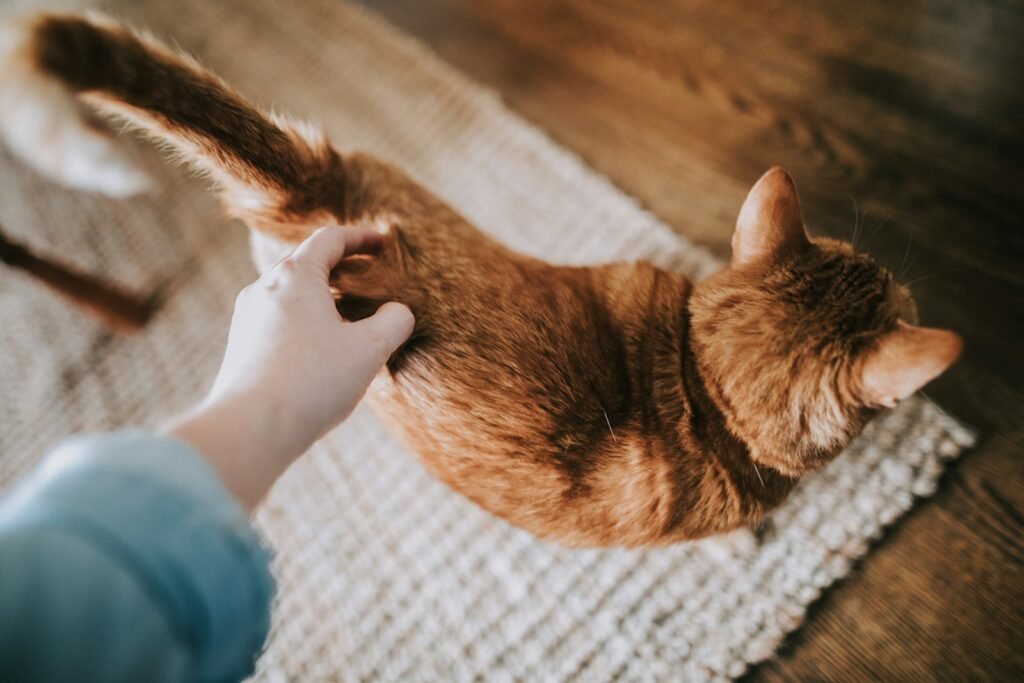
Studies suggest that cats can sense changes in atmospheric pressure, which often precede weather events like storms. This ability can cause them to behave differently, such as seeking a safe place, indicating their heightened environmental awareness.
Tactile Sensitivity
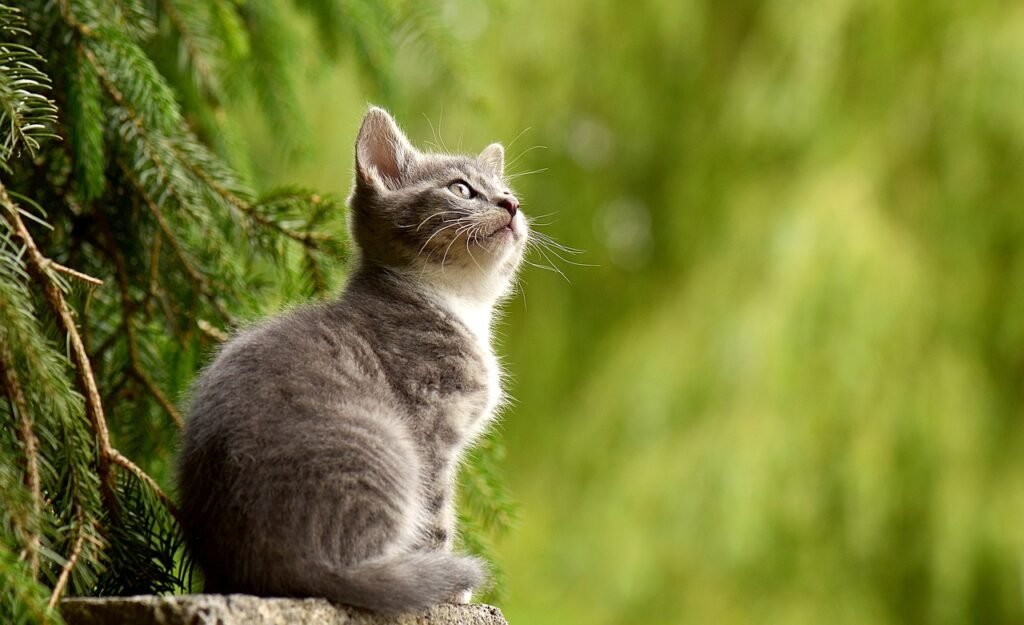
Beyond their whiskers, cats’ bodies are covered in sensitive fur that acts like a sensory tool. They can feel vibrations in the ground or subtle movements as another means of detecting changes, allowing them to sense approaching footsteps or the rumble of distant thunder.
Behavioural Observation
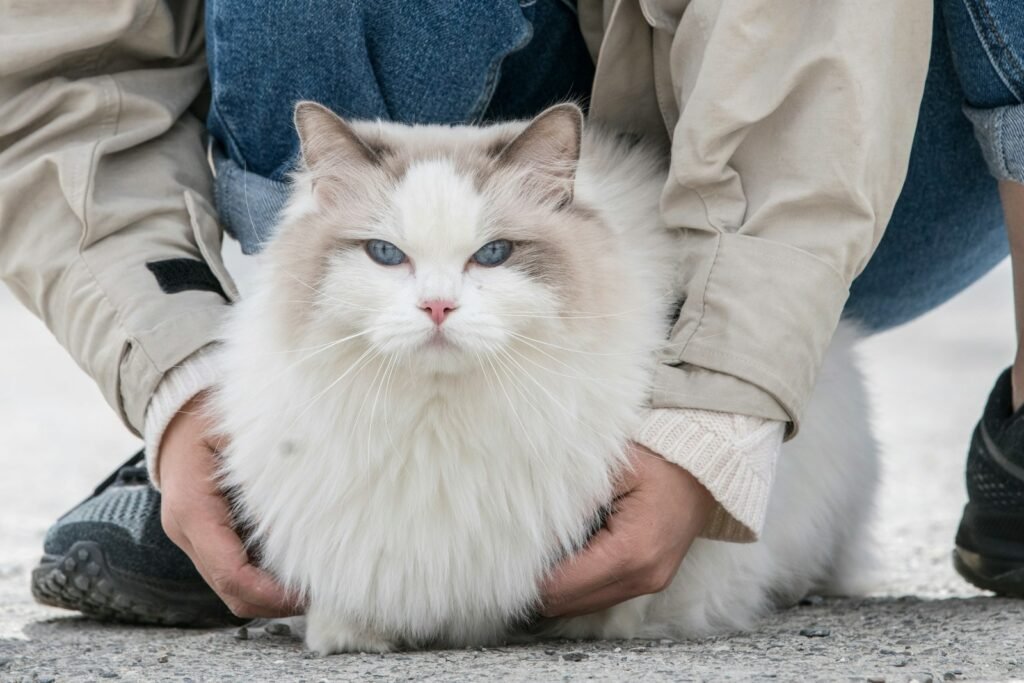
Cats are astute observers of behavior, quickly noticing shifts in their familiar routines or body language of their humans. They are intuitive creatures that can detect stress or illness in their owners, often providing comfort or avoiding the source of tension.
Flexibility in Routine
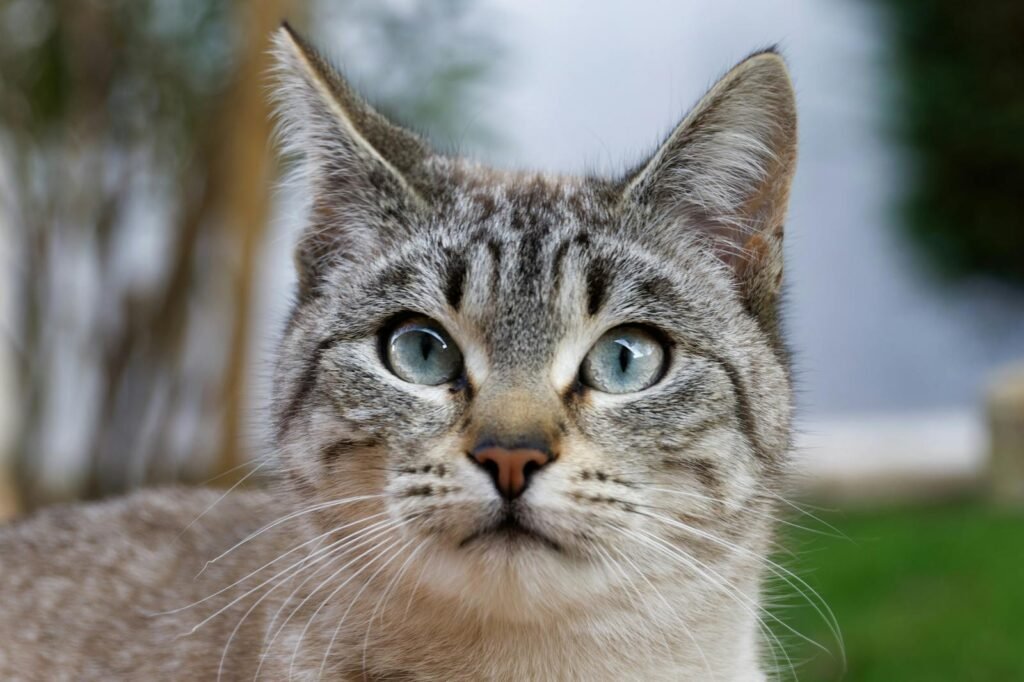
Despite their reputation for enjoying routines, cats are quite adaptable. Their heightened environmental awareness allows them to quickly adjust to changes in their surroundings, whether it’s a new pet, a rearranged room, or even a new arrival in the home.
Sensitivity to Electromagnetic Fields
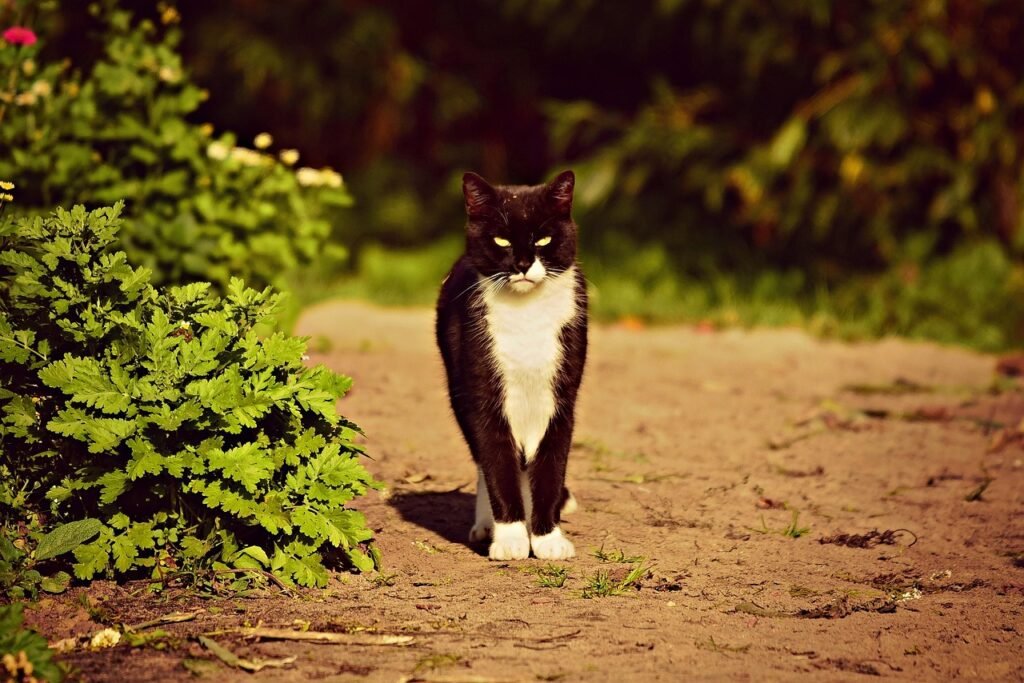
Some research suggests that cats may be sensitive to electromagnetic fields. This sensitivity might enable them to detect weather changes or other environmental shifts well before humans notice them, offering a rational explanation for their so-called ‘sixth sense’ abilities.
Intuition or Instinct

Finally, cats have an innate intuition that seems to transcend their physical senses. This instinctive awareness helps them recognize and react to changes in their environment, ensuring their survival and well-being as both solitary hunters and affectionate companions.
In summary, cats are equipped with an impressive array of sensory tools that provide them with a nuanced understanding of their environment. Their acute senses of smell, hearing, vision, and touch enable them to detect changes long before humans can. As we marvel at their capabilities, it’s clear that our feline companions possess an extraordinary ability to navigate the world, making them not only fascinating but also incredibly resourceful beings.

Suhail Ahmed is a passionate digital professional and nature enthusiast with over 8 years of experience in content strategy, SEO, web development, and digital operations. Alongside his freelance journey, Suhail actively contributes to nature and wildlife platforms like Feline Fam, where he channels his curiosity for the Feline into engaging, educational storytelling.
With a strong background in managing digital ecosystems — from ecommerce stores and WordPress websites to social media and automation — Suhail merges technical precision with creative insight. His content reflects a rare balance: SEO-friendly yet deeply human, data-informed yet emotionally resonant.
Driven by a love for discovery and storytelling, Suhail believes in using digital platforms to amplify causes that matter — especially those protecting Earth’s biodiversity and inspiring sustainable living. Whether he’s managing online projects or crafting wildlife content, his goal remains the same: to inform, inspire, and leave a positive digital footprint.






